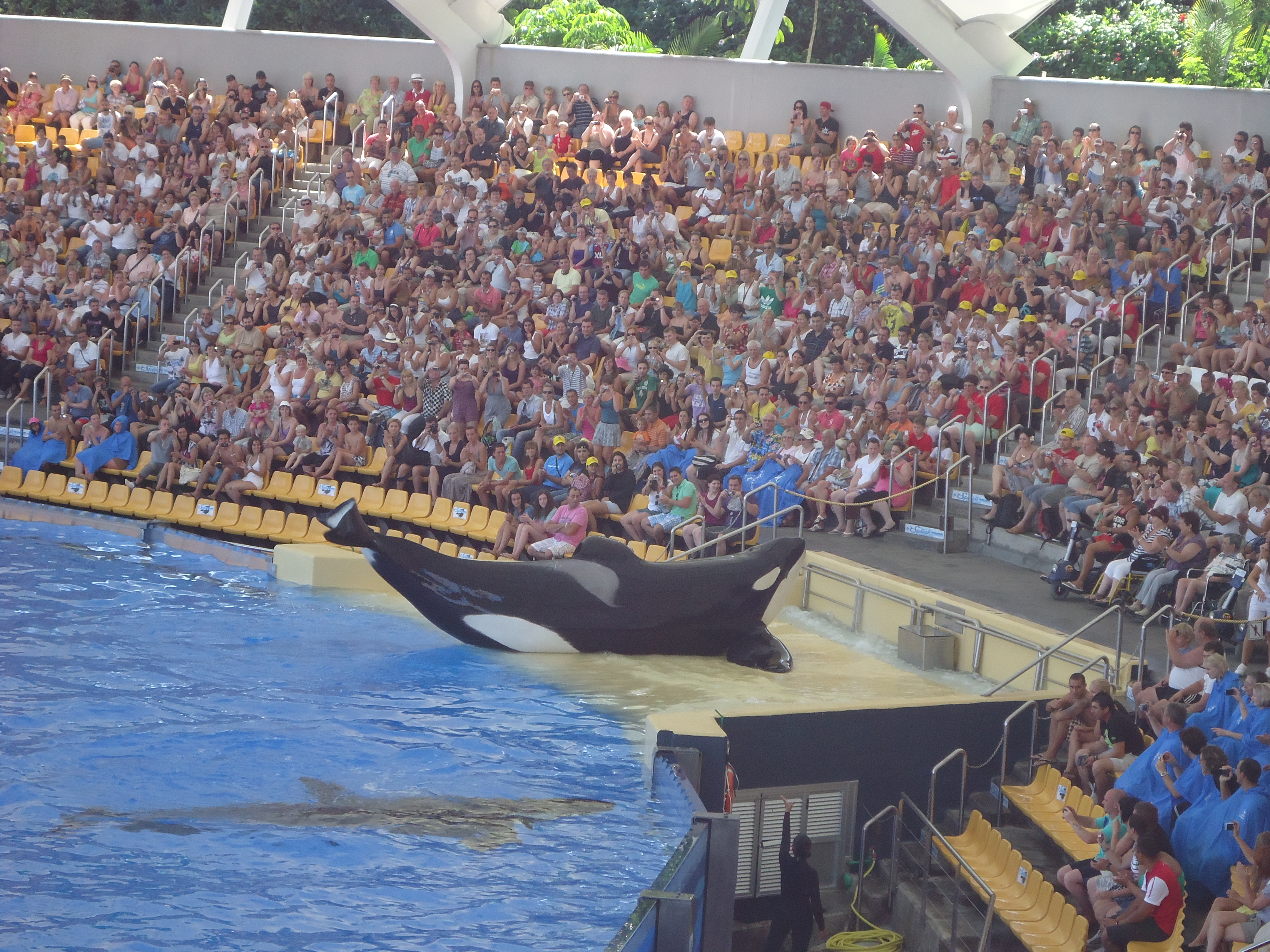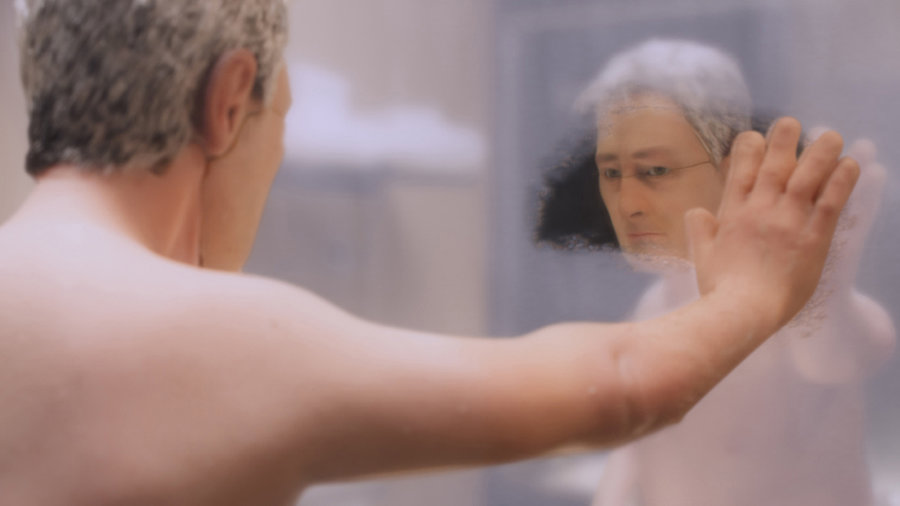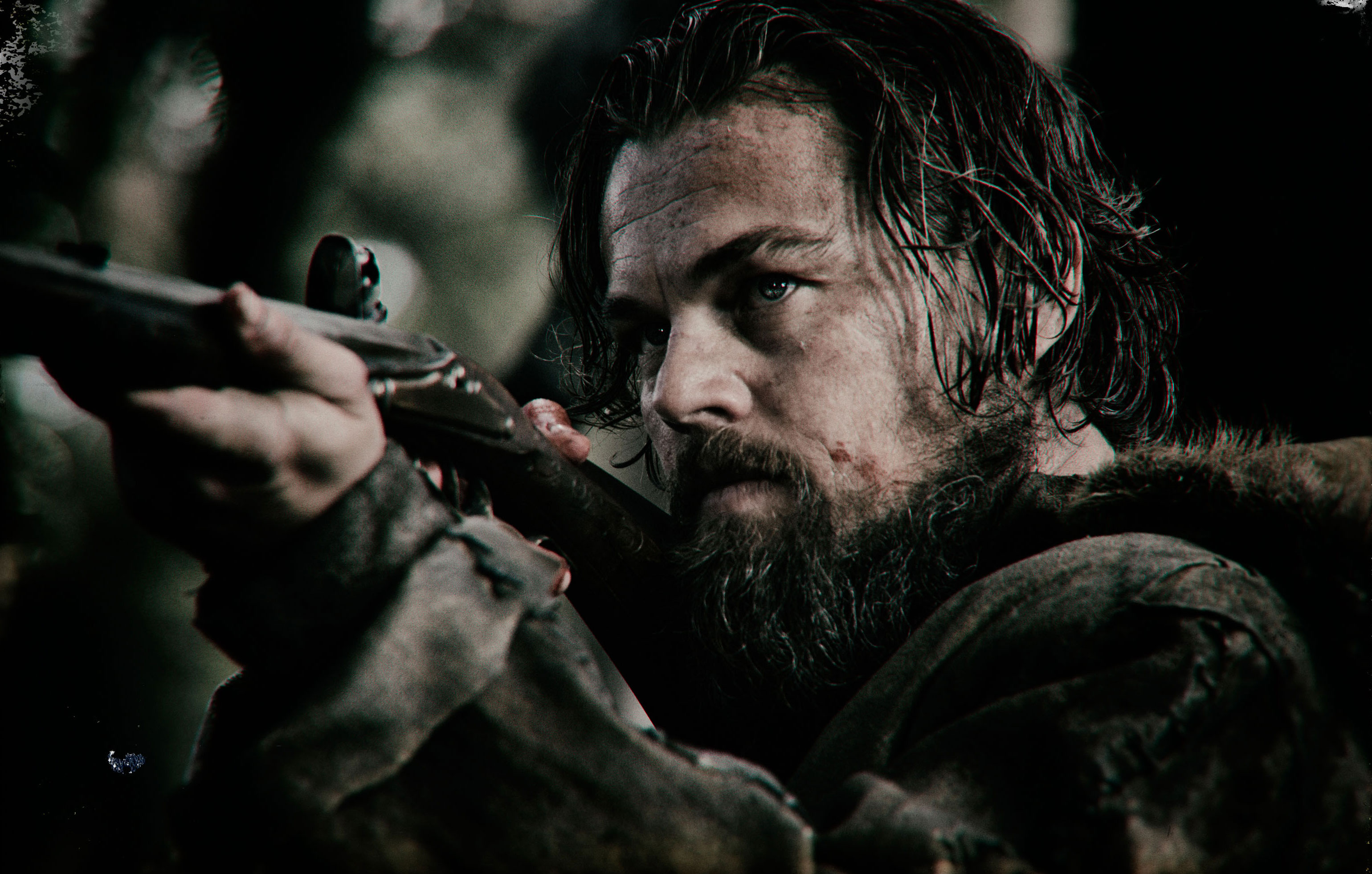Blackfish
Opens Fri., Aug. 2 at Seven Gables. Rated PG-13. 83 minutes.
My childhood hero Namu was the second killer whale kept in captivity (he came to the Seattle waterfront on my birthday in 1965), and we owe him a lot. The world understood almost nothing about these fantastic creatures until Namu proved how bright, social, and instinctively friendly killer whales are. That was good. The problem was, everybody saw how the trainable and lovable animals could be used to make money. And that has led to a decades-long controversy that ought to have been settled by now.
Blackfish should be the final word on the subject, even if it probably won’t be. This relentless documentary circles around the 2010 death of Dawn Brancheau, a supremely experienced SeaWorld trainer who was killed in a performing tank by Tilikum, a 12,000-pound whale. But that death is the starting point for a film that makes a couple of general thrusts: Killer whales should not be kept in captivity, and the sea parks that own them have done a suspiciously incomplete job of informing their trainers and the public about how they operate their businesses.
The argument is devastating—enough so that SeaWorld has issued a statement denouncing the movie. Interviews with former SeaWorld trainers paint a sad picture of a happy-face culture that sugar-coated the containment of giant wild animals; because of the industry’s expert PR spin, the trainers themselves would hear only vague rumors about injuries in marine parks. (SeaWorld isn’t the only player, but is the most prominent.)
Director Gabriela Cowperthwaite looks into fatal incidents at Victoria, B.C.’s Sealand of the Pacific and Loro Parque on the Spanish island of Tenerife. The 1991 Victoria incident also involved Tilikum, which brought about the sale of the unfortunate whale to SeaWorld, for whom he has been a steady performer and sperm donor. Blackfish frequently visits Puget Sound for interviews with local experts as well as visions of healthy killer whales plowing through their fenceless natural habitat. (Tilikum was captured not in local waters but in the North Atlantic, in 1983.) Cowperthwaite also charts the development in our understanding of the mammals, from the scare-mongering Jaws ripoff Orca (released in 1977) to today’s evidence about their highly developed brains. No mention of Free Willy, oddly.
As if all this weren’t difficult enough to watch, Blackfish has an unpleasant undertone of voyeurism—I began to cringe every time we went to newsreel footage, wondering how much horror we were going to see in this particular example of whale-on-human violence. I’m not sure how you make this film without showing those things, but it’s worth noting that an exploitation movie like Orca creates a similar kind of tawdry suspense.
Still: If Blackfish outrages people, so much the better. The case is closed, and whales and dolphins are too high on the evolutionary scale to keep captive. We learned a lot from Namu and his followers, and now we know better.
film@seattleweekly.com







